Chimpanzees (Pan troglodytes) are not just another species to observe; they are beings of remarkable intelligence, emotion, and social complexity. Capable of tool use, problem-solving, and nuanced vocal communication, they exist in communities marked by drama, playfulness, alliances, and even political maneuvering. Observing them in their natural habitat is to witness a mirror of ourselves, shaped not by concrete cities but by ancient trees and the rhythms of the wild.
Uganda is home to over 5,000 chimpanzees, with Kibale Forest National Park considered the beating heart of chimpanzee tracking in Africa. With a tracking success rate above 90%, Kibale is unrivaled in its consistency and biodiversity. The forest, thick with figs, mahoganies, and swampy grasslands, supports thirteen primate species in total, making it the most primate-rich area on the continent.
Also notable are Kyambura Gorge in Queen Elizabeth National Park, Budongo Forest near Murchison Falls, and Kalinzu Forest Reserve. Each location offers its own flavor of experience, from the surreal gorge descents into Kyambura’s sunken rainforest to the drier, towering mahogany trails of Budongo. These varied environments allow travelers to engage not just with chimpanzees, but with the ecological richness and subtle beauty of Uganda’s wilderness.

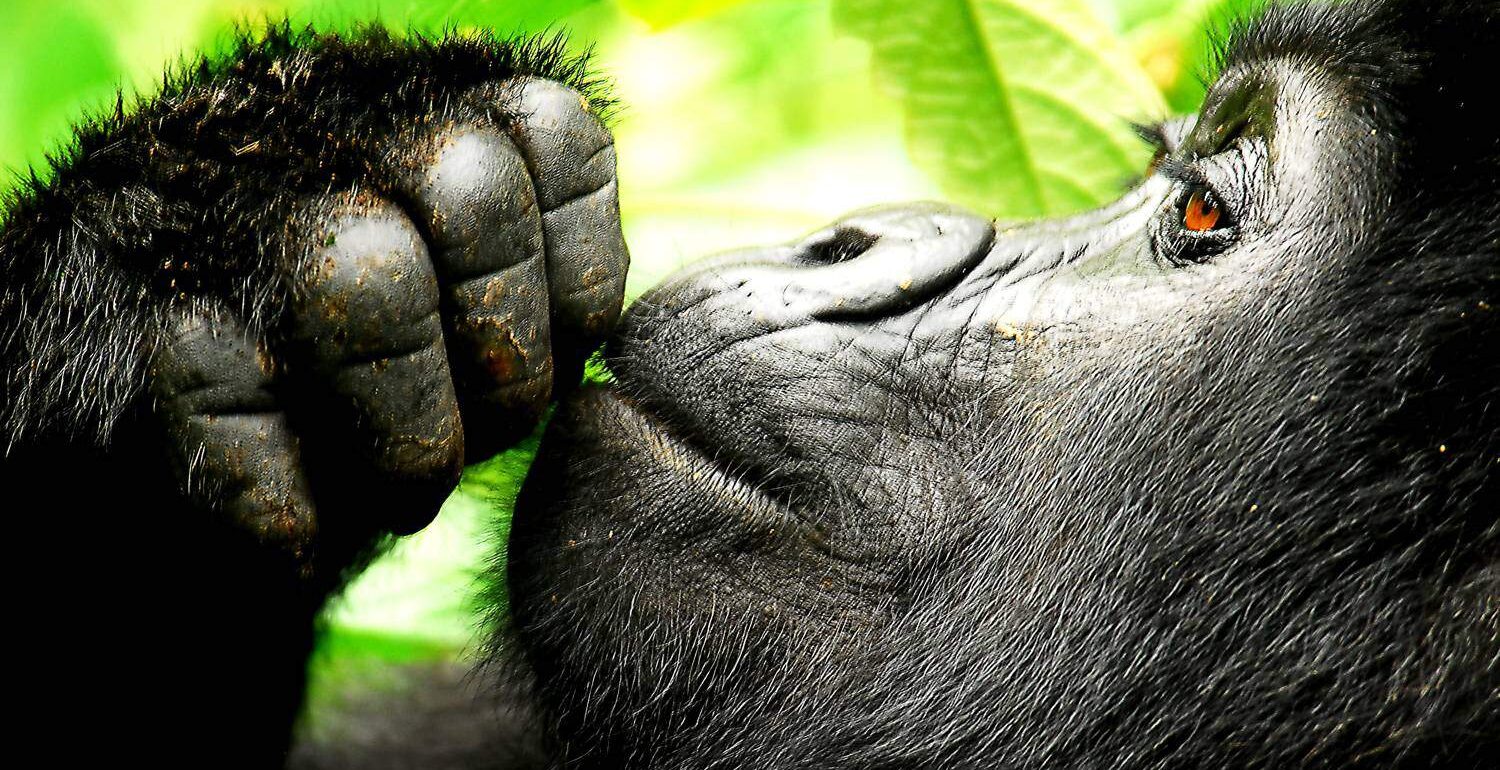
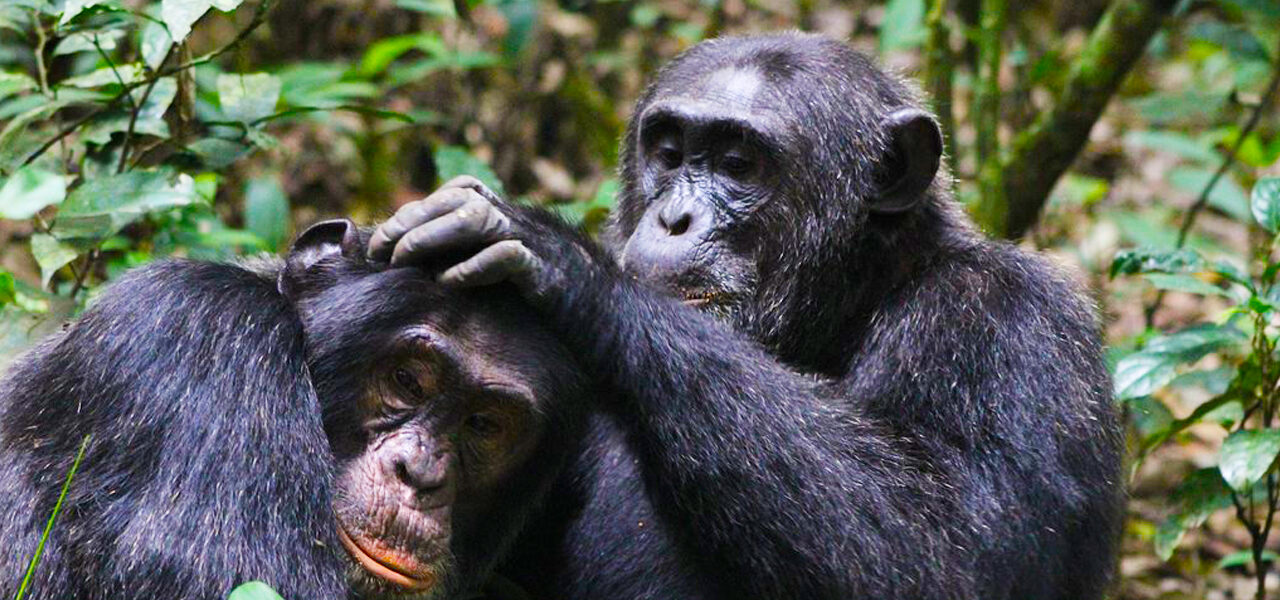

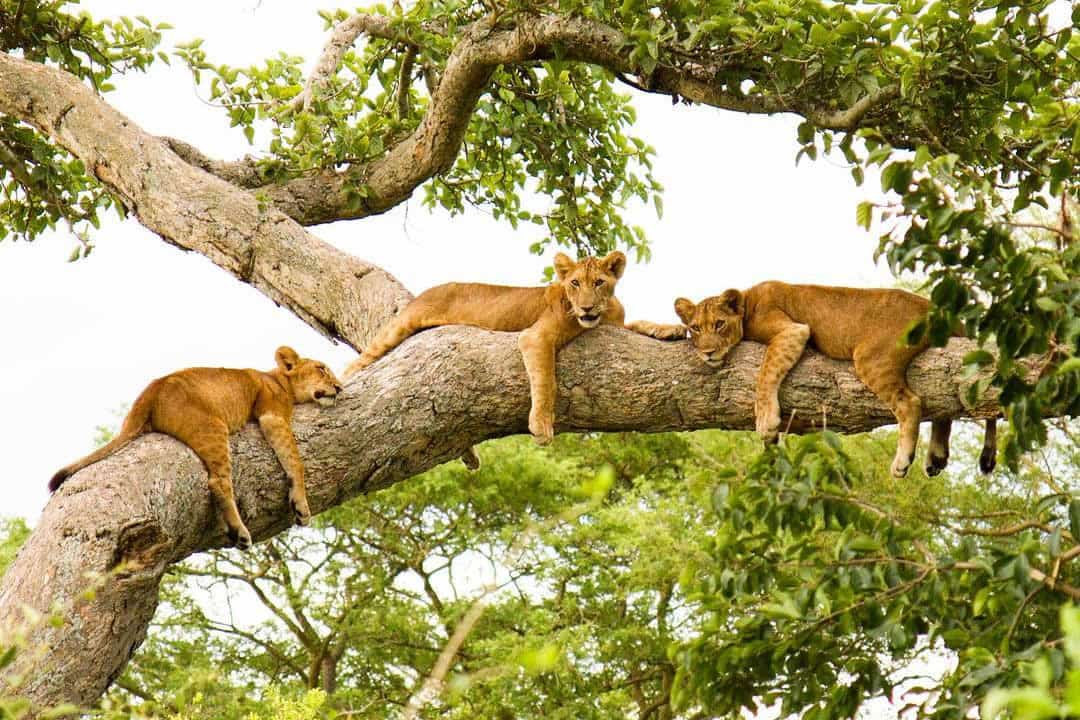
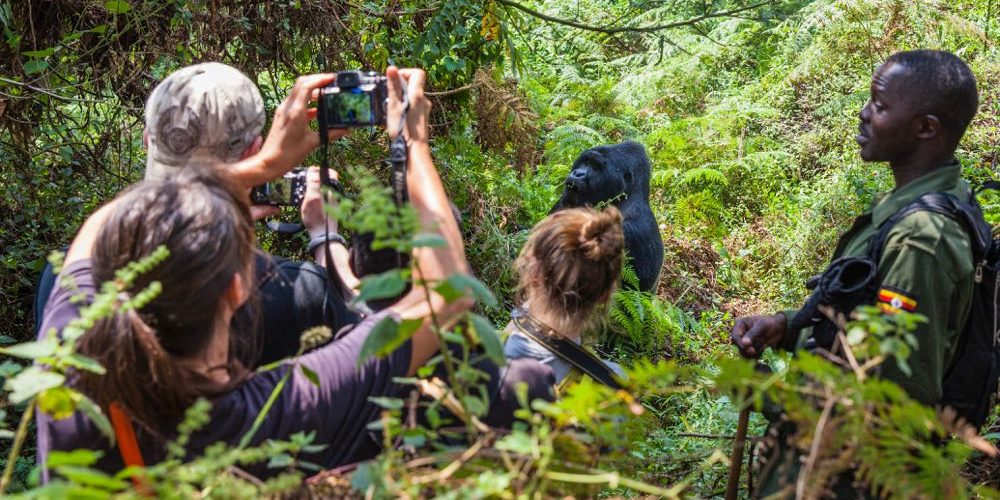
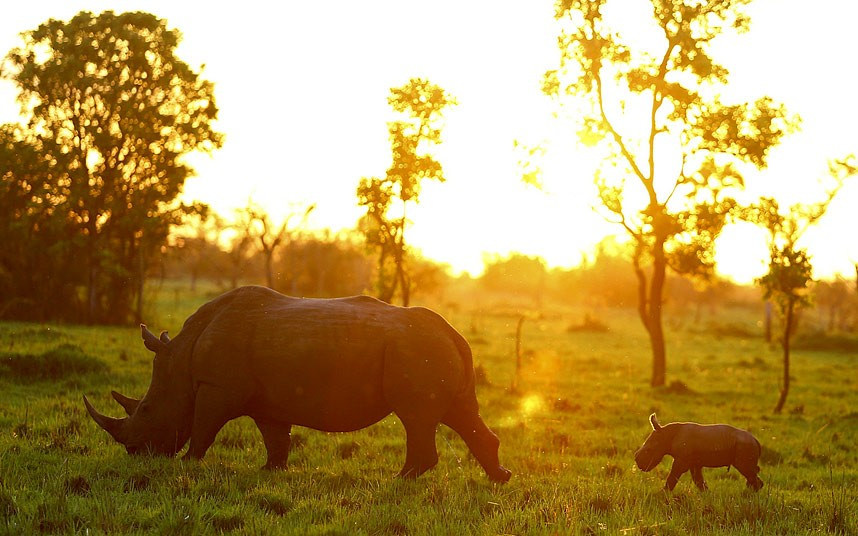

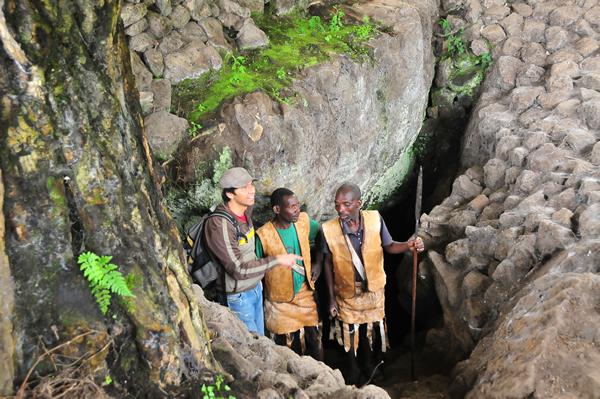

 WildHorn Africa – Authentic and unforgettable tours across Africa, guided by local experts who know the land, wildlife, and culture best.
WildHorn Africa – Authentic and unforgettable tours across Africa, guided by local experts who know the land, wildlife, and culture best.


